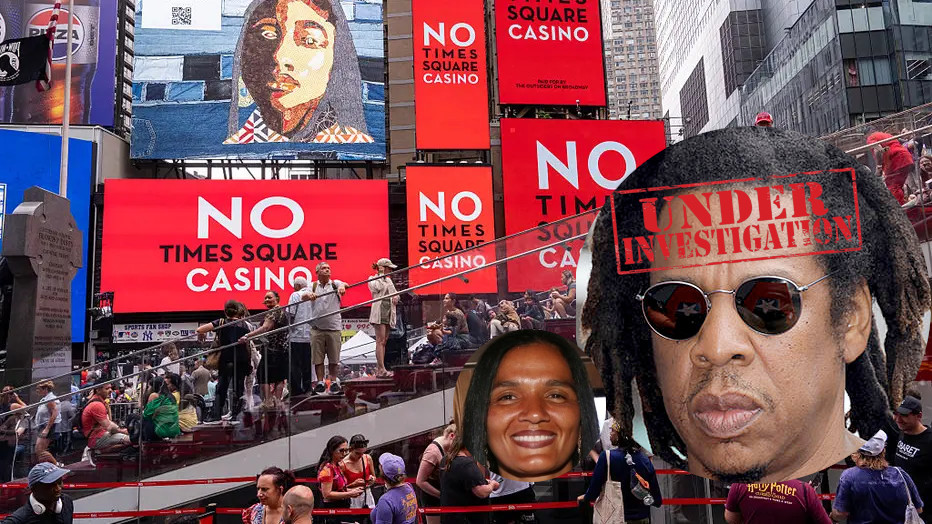NEW YORK (AP) — As nearly 150 world leaders prepared to gather in Manhattan for the U.N. General Assembly, the U.S. Secret Service dismantled a significant hidden telecom network spanning the New York area. Investigators assert this system could have paralyzed cell towers, jammed emergency calls, and created chaos just as the city faced increased vulnerabilities.
The operation involved more than 300 SIM servers containing over 100,000 active SIM cards, clustered within 35 miles of the U.N. headquarters. This extensive network represents a bold new type of threat aimed at the vital communications infrastructure of a modern urban center.
Reports indicate that the dismantling of such a network comes at a time when midtown hotels overflow with foreign dignitaries and protective motorcades clog the streets. This situation emphasizes the existing risks connected to the invisible lines of communication that underpin daily life and national security in cities.
A Broader Investigation Led to This Discovery
The telecom network's discovery was part of a larger Secret Service probe into telecommunications threats targeting senior officials. The servers operated like a bank of mobile phones capable of unleashing mass texts and calls, thereby overwhelming local networks, according to authorities. Matt McCool, head of the Secret Service's New York field office, warns about the potential capacity of such a system: It can take down cell towers, leading to communication failures during critical moments.
Authorities have not found any explicit plots to disrupt the U.N. General Assembly, nor have they identified credible threats against New York City. However, they suspect that nation-state actors may have utilized this system to communicate with organized criminal networks.
Forensic analysis on the sheer number of affected SIM cards and communications is ongoing, raising serious concerns given the operational capacity of the network, which could send 30 million texts per minute. Such potential disruptions are reminiscent of the strain that telecommunications faced following the 9/11 attacks and the Boston Marathon bombings.
Our focus is on prevention, stated Sean Curran, director of the Secret Service. He added that the dismantling of this network should serve as a warning to potential threats that the agency remains vigilant in protecting its designated personnel and infrastructure.
As the forensic investigations commence, officials warn that other networks might still exist, posing dangers in other U.S. cities as well.


















